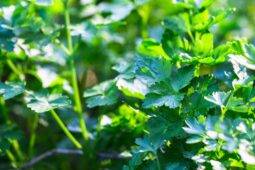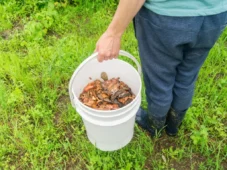The Best Ways to Dry and Store Fresh Garden Herbs
There’s nothing quite like the flavor of fresh herbs straight from your garden, but let’s face it, sometimes you end up with more basil, rosemary, or oregano than you can use before it starts to wilt. Instead of letting those fragrant leaves go to waste, drying and storing them properly ensures you have a stash of homegrown goodness all year long. But before you toss your herbs on the counter and hope for the best, let’s dive into the most effective ways to preserve their flavor and aroma.
Air Drying: The Traditional and Foolproof Method
The most classic way to dry herbs is also the simplest. Gather your herb stems into small bundles and secure them with a rubber band or string. Hang them upside down in a warm, dry place away from direct sunlight.
A pantry or kitchen corner works great. After about two weeks, your herbs should be completely dry and ready for storage. This method retains the most essential oils, making for potent and flavorful dried herbs.
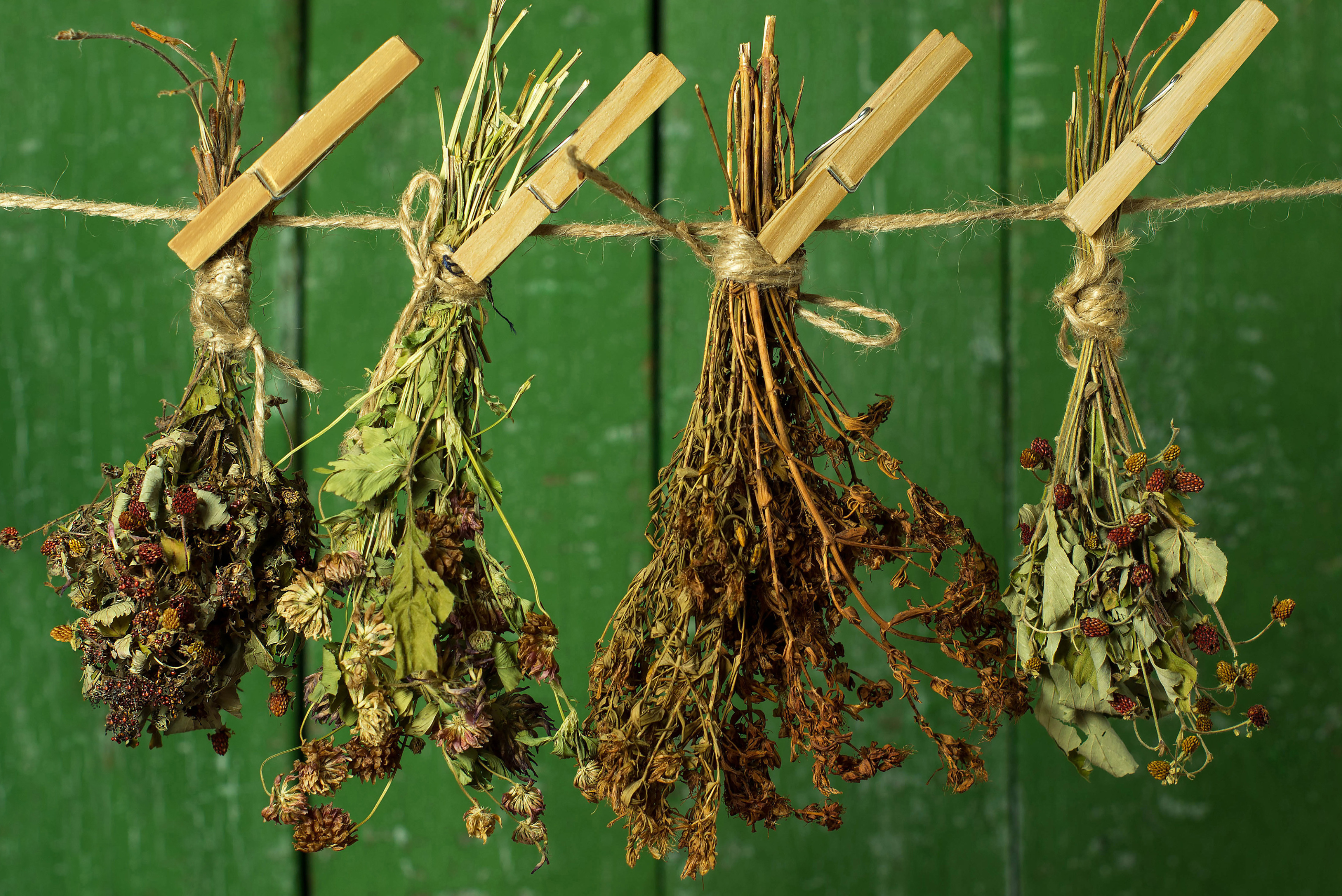
Oven Drying: A Speedy Solution for Impatient Cooks
If waiting two weeks isn’t your style, your oven can speed up the process. Lay your herbs in a single layer on a baking sheet and set your oven to the lowest possible temperature (preferably around 170°F).
Keep the oven door slightly open to allow moisture to escape. Check them frequently; most herbs dry within one to two hours. Once crisp, let them cool before storing them in airtight containers.
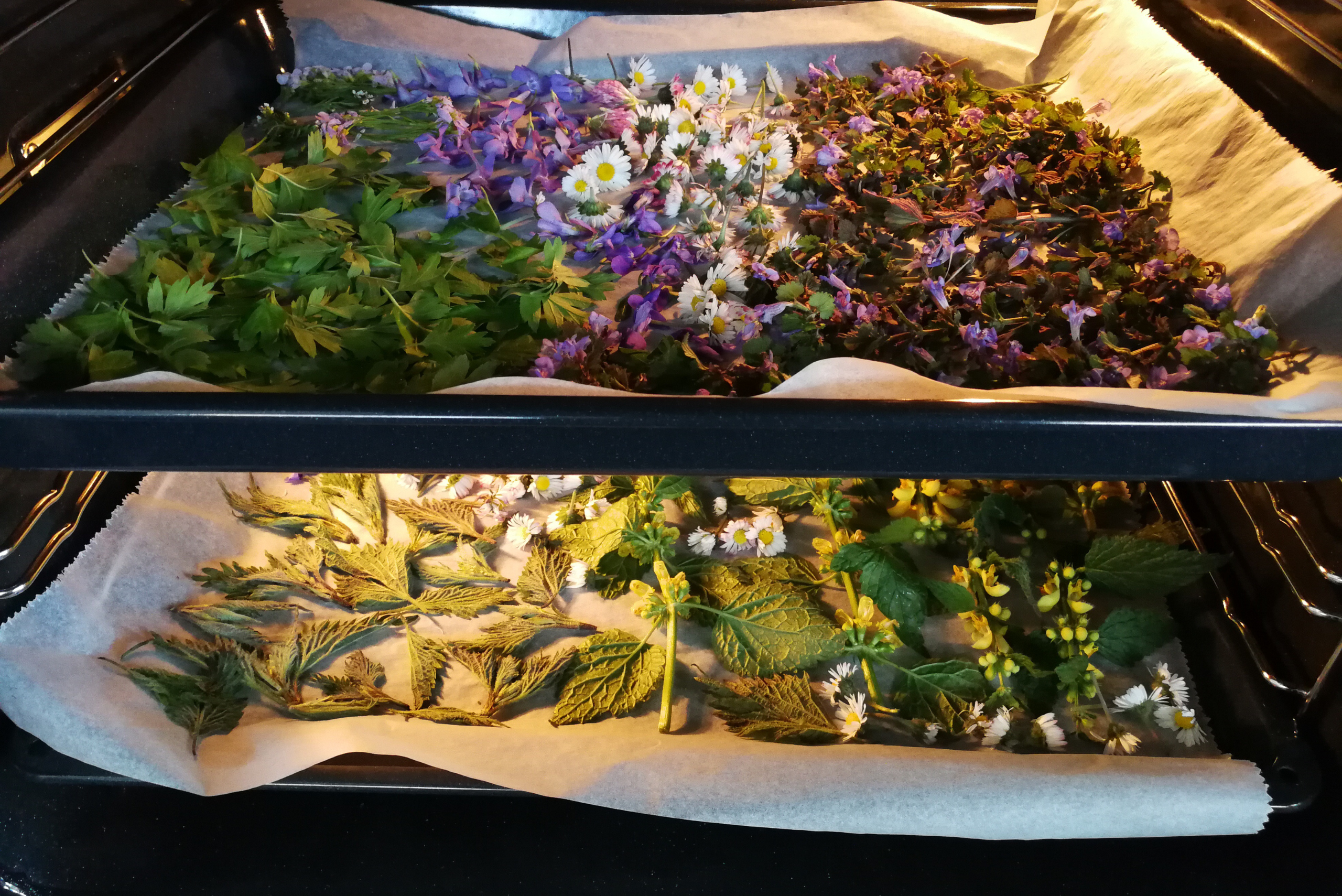
Microwave Drying: The Quickest Fix for Small Batches
Need dried herbs in a pinch? Your microwave has you covered. Spread your herbs between two paper towels and microwave them in 30-second intervals until they become crisp. This method works best for small amounts and delicate herbs like mint or parsley. Just be careful not to overdo it, as herbs can scorch quickly.
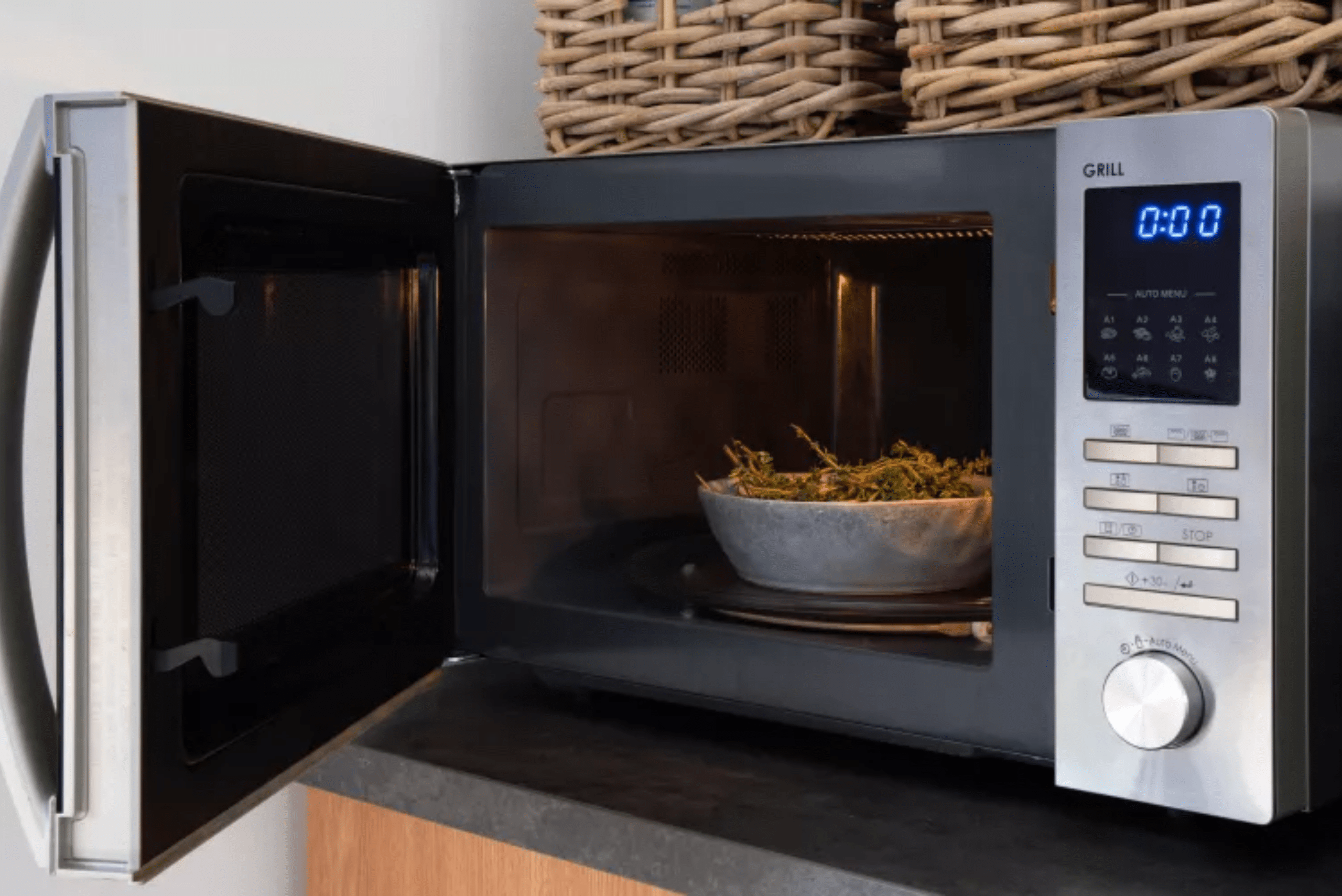
Freezing Herbs: Lock in Freshness with Ice Cubes
Drying isn’t the only way to preserve your herbs. Freezing them in olive oil or water locks in their fresh flavors for months. Simply chop your herbs, place them in an ice cube tray, and cover them with oil or water. Once frozen, pop the cubes into a freezer bag and use them as needed in soups, sauces, and sautés.
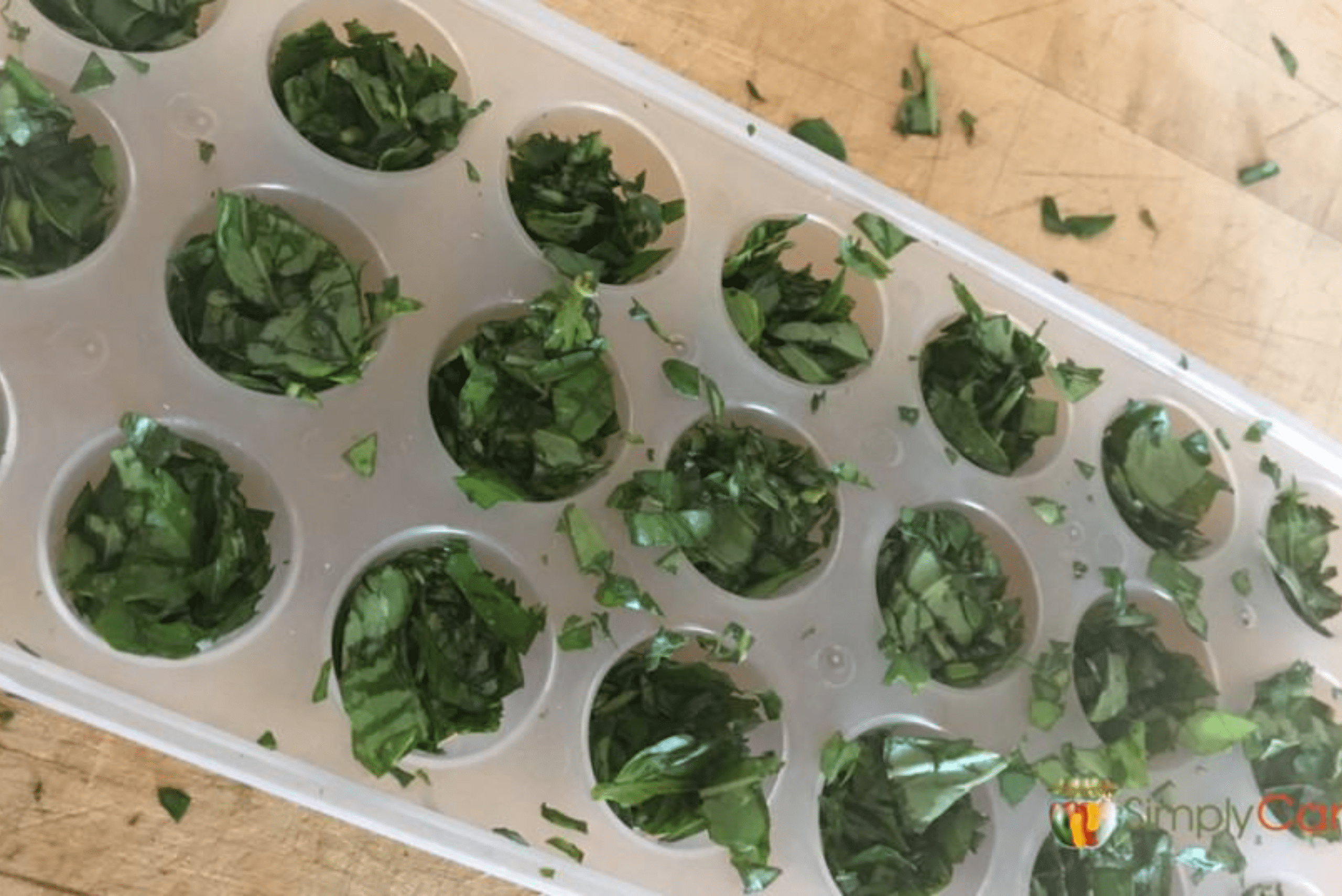
Proper Storage: Keeping Your Herbs at Peak Flavor
Once your herbs are completely dry, crumble them into small pieces and store them in airtight containers, preferably glass jars. Keep them in a cool, dark place to prevent them from losing flavor.
Label your jars with the date, as dried herbs are best used within a year for maximum potency. Avoid plastic bags, as they can trap moisture and lead to mold.
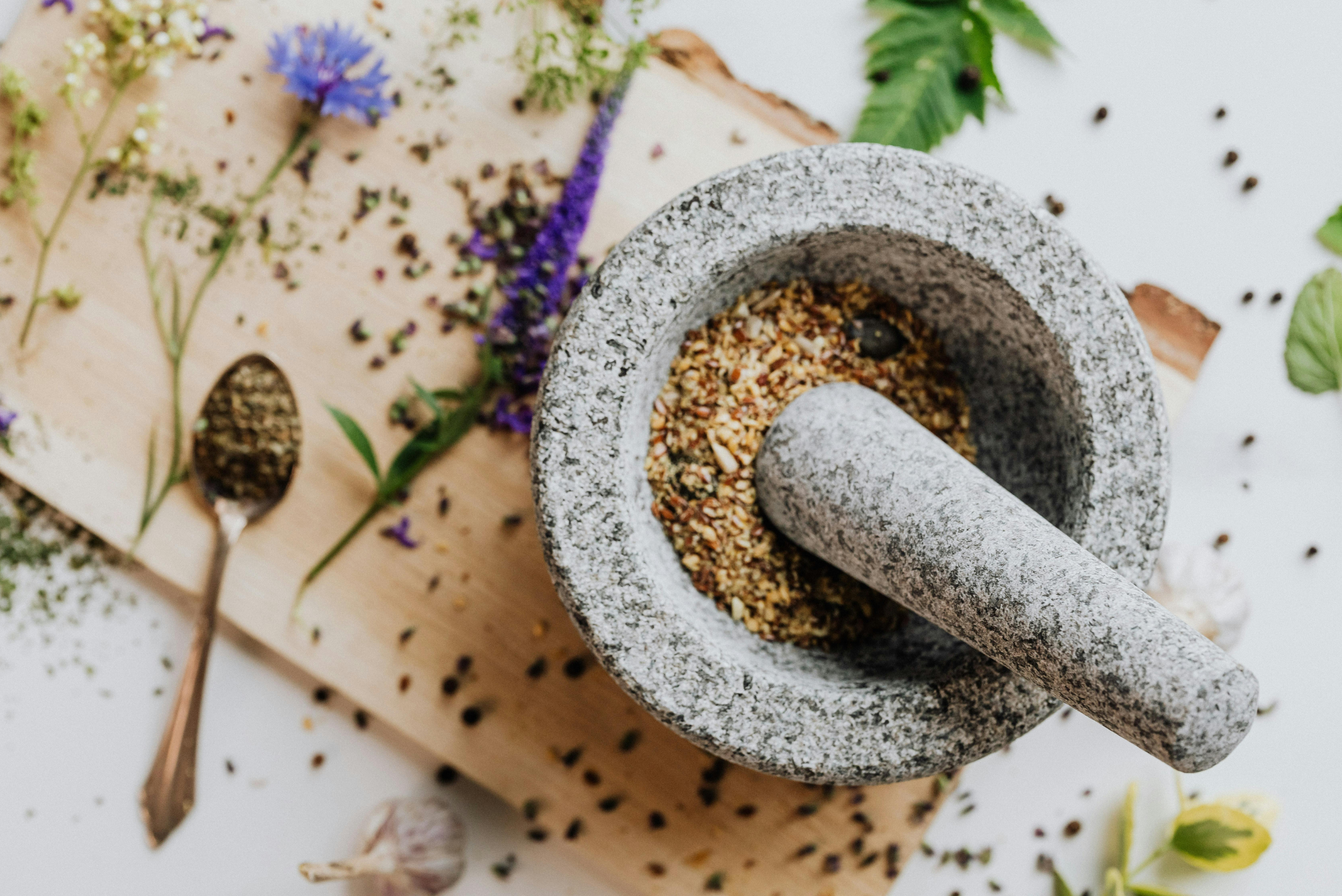
When to Use Dried vs. Fresh Herbs in Cooking
Now that you’ve got a well-stocked herb pantry, knowing when to use dried versus fresh makes all the difference. Dried herbs are more concentrated, so use about one-third of the amount compared to fresh.
They’re great for long-simmered dishes like soups, stews, and roasts. Fresh herbs, on the other hand, shine in raw dishes like salads, salsas, and garnishes where their bright flavors can stand out.
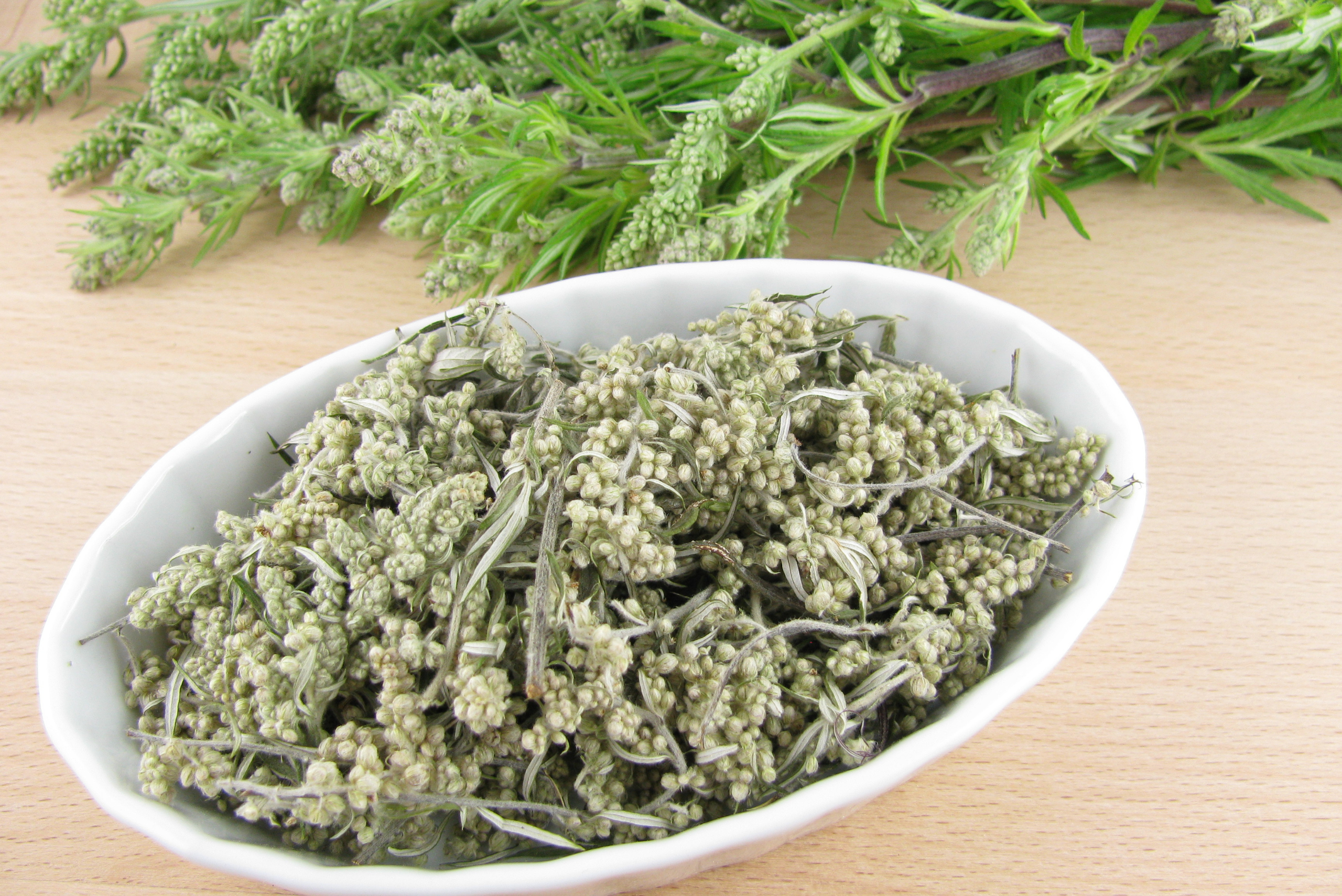
Related Articles
- 5 Foods You Should Never Refrigerate (And Why It Matters)
- How to Grow Herbs Indoors, No Matter The Season
- 5 Ways to Store Food Correctly and Extend Its Freshness
Drying and storing fresh garden herbs isn’t just a practical way to reduce waste; it’s a game-changer for elevating your cooking year-round. Whether you opt for air drying, oven drying, or freezing, these methods will keep your herbs flavorful and ready to use whenever you need them. So go ahead, preserve that summer bounty, and enjoy the taste of your garden in every season!







